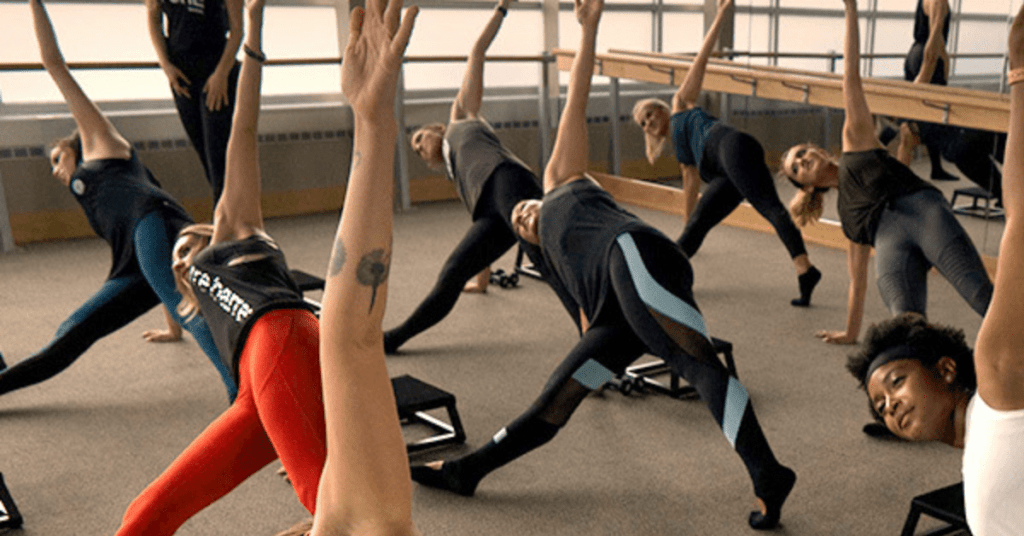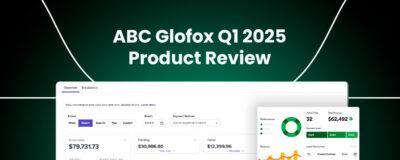We are now a couple of weeks into the COVID-19 pandemic and the whole world has come to a standstill. Industries such as tourism, retail, and hospitality have ground to a halt due to the restrictions placed on movement and large gatherings. Other industries, however, have the capacity to move their services online and reach their customers remotely. Fitness is one of these industries, and we have already seen major fitness franchises such as Barry’s Bootcamp and Orangetheory transition their services online.
Amid this massive transition from a brick and mortar business to an online one, a lot of fitness businesses will get caught up in trying to change their business model overnight to retain as many members as possible. And, while we advise that gym owners make this transition quickly to survive, they need to also think about how they restructure their business financially. In this article, we will look at why financial planning is important at this moment and what exactly you need to know about it. Finally, we will explore some steps you can take to successfully plan for the future.
Skip ahead to
- How Important is Financial Planning Right Now?
- What Do You Need to Know About Financial Planning?
- 4 Steps to Successfully Plan for the Future
How Important is Financial Planning Right Now?
The current COVID-19 pandemic has hit economies hard and the likelihood is that there will be some form of rescission in the coming year. This will affect everything about how the market operates and how your business operates. And, while it’s true that $94 billion industry is transforming itself to cater to a now remote market, the future is still uncertain, so a fitness business owner needs to have a complete overview of what their finances are like at the present moment. More importantly, they need to know what their finances will be like in the future.
A lot of businesses will have an accountant or bookkeeper on hand to help them with their financial planning. However, it’s important that you the owner have a good understanding of the financial structure of your business also. By doing this, you will be in a better position to make informed decisions about the future of your company.
In a podcast that we recorded and released before the onset of the current pandemic, we talked to Andrea Hovel, an accountant who helps fitness businesses through her company Healthier Bookkeeping. In this episode, we looked at the basic financial statements you need to know and have a good understanding of. The next part of this article will look at these financial statements to give you a better understanding of how your finances are broken down.
What Do You Need to Know About Financial Planning?
Before the effects of COVID-19 took hold on the fitness industry, finances were a tricky subject at the best of times for fitness business owners. According to Andrea, a lot of fitness business owners she works with know what they are spending in marketing and the profit they are bringing in each month with memberships, but they don’t know the actual return on investment of what they do.
And now, more than ever, decisions made on finances can have a higher impact than usual. To figure out the money that flows on and out of your business, you need to understand the three basic financial statements that show this. These are the Balance Sheet, Profit and Loss statement, and Cash Flow statement.
The Balance Sheet
Andrea first went through the most basic of financial statements: the balance sheet. According to Andrea, this is probably the easiest financial statement to understand. The balance sheet is really a snapshot of how your overall business is currently doing.
It’s made up of 3 Os:
- What you own, which is your assets
- What you owe, which is your liabilities
- What your overflow is, which is what’s leftover
Let’s take a look at these three in more detail:
Assets: This is defined as things your business owns like property, equipment and other things of value in your business. This is the money you have beyond net profit – i.e. the money you make from sales.
Liabilities: This is defined as what your business owes to other people. Things like rent or loan repayments fall into this category.
Equity: This is the amount of money you have left over when you take your liabilities away from assets.
Profit and Loss Statement
Put simply this is what your business makes from memberships and other revenue streams. This is then marked against what you spend on things like marketing and sales. Overall growth is told by your balance sheet. However, a profit and loss statement tells the story of what your business is generating in terms of cash each month.
The Customer
Engagement Playbook
for Your Fitness
Business
Discover more Statement of Cashflows
This basically shows the money that is flowing through your business. The difference between this and the profit and loss sheet is that your statement of cashflows will show other expenses such as tax payments and staff wages. These expenses don’t necessarily show up on the profit and loss statement. There are two numbers on your cash flow statement that are important:
- Net Cash: This is the amount generated by the services you offer.
- Total Cash Change: This is what you added or subtracted from your bank account.
It should be noted that it’s possible to show a profit and have a negative cash flow. This can happen from time to time but it’s not something you want to happen often. If it is, then consider discussing with your accountant on the best solution to solve this.
4 Steps to Successfully Plan for the Future
Now that we have gone through the basics of financial planning, let’s talk about what steps you can take with your business to make it financially secure during the effects of COVID19. There are several areas of your business you can make effective changes to.
1. Restructure Your Staff to Drive Revenue
One of the big concerns you are going to have is how to restructure your staff. Because your business is no longer brick and mortar, some of your staff may not appear to have a role in this new remote world. The most obvious roles are planning and leading live-streamed workouts. Another key role is to make the marketing content around this, such as infographics, blogs, and short videos.
Any surplus staff needs to have a role in the business where they are generating revenue. In the very latest episode of The Fitness Founders Podcast, Alex Hormozi explained a great way to do this. Basically any staff who do not have a defined role in your business need to perform two tasks every day. They need to spend one half of the day making sales calls; that is following up on new leads, reaching out to old leads and cold calling for potential new leads. The other half of the day needs to be spent making accountability calls to current members to keep retention high.
2. Renegotiate Any Leases You May Have
As a fitness business, you will no doubt have outgoing payments that are owed on a regular basis. These are categorized as liabilities. Typically these will be something like rent on the property that houses your gym or studio. Now that you have moved online you may have little use for your premises at the moment. It depends though, as some are still using studio space to live-stream from, while others are live-streaming from their homes.
If you fall into the second category, then the likelihood is that you are spending money on rent with no real return on investment. In this scenario, it’s probably best to approach your landlord to try and renegotiate a pause or reduction on your rent payments. Before you do this though, make sure you consult your accountant and any legal assistance you may have.
3. Look Into What Government Support Is Available
Around the world, governments are providing financial support for their citizens and their businesses with financial aid to help them through these tough economic times. In the US, the Small Business Association (SBA) is a government agency created in 1953 to support small businesses and entrepreneurs across America. They operate a number of programs that you can avail of as a fitness business owner.
The main funding options are the Paycheck Protection Program (PPP) and the Economic Injury Disaster Loan (EIDL). You can find out more about these on the SBA website. Both these options should be looked into. However, be aware that you may not be always successful in your application so have a contingency plan for this. Recent podcast guest Mike Arce goes through both these loans in great detail in a recent episode of his podcast.
(As of Friday the 17th the PPP has run out of funding, but keep updated on changes to this)
4. Reset Your Targets
As we explained in our article on writing a gym business plan, it’s important to set targets for the year so all your business activities are aligned towards common goals. Some gyms and studios, especially when they are starting out, will set realistic sales and marketing targets for the year. Others who are more experienced will be more ambitious with what they feel they can achieve. Now that the industry has changed, however, all gyms must set targets that they can realistically achieve with the budget they have.
One of the main targets you may have to reset is your retention. You likely have a certain percentage of members leaving that you want to keep as low as possible month on month. This may change now as members may not be able to continue on a membership due to their personal financial situation. If this is the case, you will need to temporarily readjust this target. To get some tips on how to best retain members at this time check out this excellent podcast we did with studio owner Brittany Wellk.
In Summary
In the current moment, things are quite uncertain in every industry, not just fitness. And, while the fitness industry has largely moved online with some success, the likelihood is that we will be entering a recession soon. Therefore it’s important to not only have your online class, sales and marketing set up correctly, but also to have your operational and financial structure ready for whatever storm may be coming.















